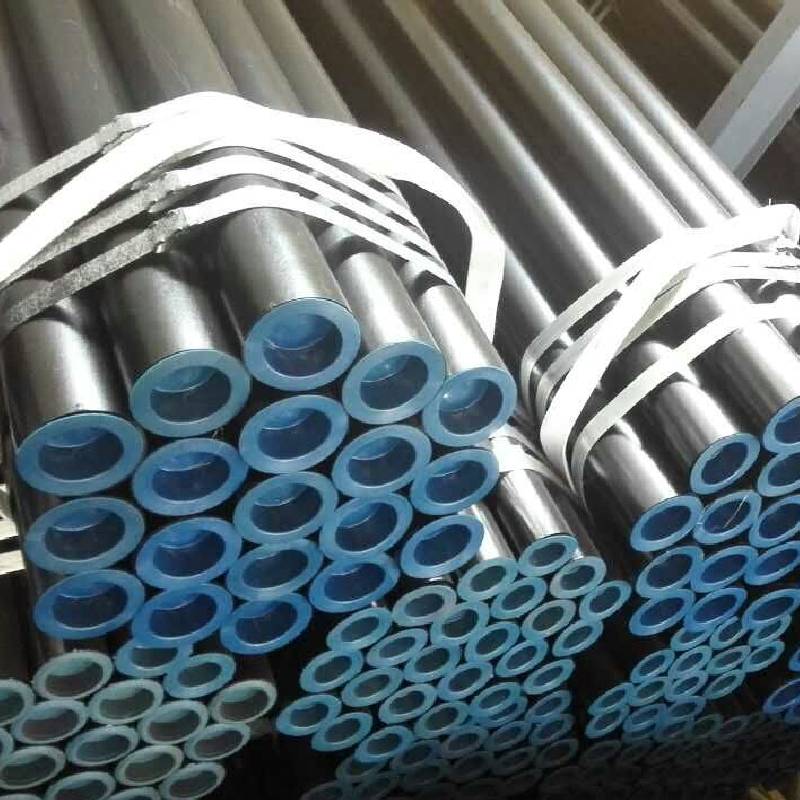-
Cangzhou Yulong Steel Co., Ltd.
-
Phone:
+86 13303177267 -
Email:
admin@ylsteelfittings.com
- English
- Arabic
- Italian
- Spanish
- Portuguese
- German
- kazakh
- Persian
- Greek
- French
- Russian
- Polish
- Thai
- Indonesian
- Vietnamese
- Zulu
- Korean
- Uzbek
- Hindi
- Serbian
- Malay
- Ukrainian
- Gujarati
- Haitian Creole
- hausa
- hawaiian
- Hebrew
- Miao
- Hungarian
- Icelandic
- igbo
- irish
- Japanese
- Javanese
- Kannada
- Khmer
- Rwandese
- Afrikaans
- Albanian
- Amharic
- Armenian
- Azerbaijani
- Basque
- Belarusian
- Bengali
- Bosnian
- Bulgarian
- Catalan
- Cebuano
- China
- China (Taiwan)
- Corsican
- Croatian
- Czech
- Danish
- Esperanto
- Estonian
- Finnish
- Frisian
- Galician
- Georgian
- Kurdish
- Kyrgyz
- Lao
- Latin
- Latvian
- Lithuanian
- Luxembourgish
- Macedonian
- Malgashi
- Malayalam
- Maltese
- Maori
- Marathi
- Mongolian
- Myanmar
- Nepali
- Norwegian
- Norwegian
- Occitan
- Pashto
- Dutch
- Punjabi
- Romanian
- Samoan
- Scottish Gaelic
- Sesotho
- Shona
- Sindhi
- Sinhala
- Slovak
- Slovenian
- Somali
- Sundanese
- Swahili
- Swedish
- Tagalog
- Tajik
- Tamil
- Tatar
- Telugu
- Turkish
- Turkmen
- Urdu
- Uighur
- Welsh
- Bantu
- Yiddish
- Yoruba

Nov . 06, 2024 04:57 Back to list
Overview of DIN EN 1092-1 Flange Standards and Applications in Industrial Settings
Understanding Flanges Focus on DIN EN 1092-1 Standards
Flanges are critical components in various engineering applications, especially in piping systems, where they serve as connectors between pipes, valves, pumps, and other equipment. They facilitate easy assembly and disassembly and play a vital role in maintaining system integrity under various pressures and temperatures. Among several flange standards available globally, DIN EN 1092-1 is one of the most commonly referenced and utilized in European practices.
The DIN EN 1092-1 standard specifies the dimensions, tolerances, and materials for circular flanges and their corresponding bolts and nuts. This document is part of a broader set of standards established by the Deutsches Institut für Normung (DIN) and the European Committee for Standardization (CEN) aiming to provide a unified approach to flange design and implementation across the Europe.
Dimensions and Types
DIN EN 1092-1 covers various types of flanges, with a focus on different pressure classifications suitable for a range of applications. The standard categorizes flanges into several types based on their shape, with slip-on, weld neck, blind, and threaded being the most commonly encountered. Each type has specific applications, making it crucial for engineers to select the right type based on system requirements.
Understanding Flanges Focus on DIN EN 1092-1 Standards
Material Specifications
flange din en 1092 1

In addition to dimensional standards, DIN EN 1092-1 outlines material requirements which often include carbon steel, stainless steel, and other alloys. The choice of materials is crucial as they directly impact the flange's performance in various environments, such as high temperatures, corrosive conditions, and high-pressure systems.
For example, carbon steel flanges are widely used in construction and heavy industries due to their strength and durability, while stainless steel flanges are preferred in chemical processing applications where corrosion resistance is essential.
Performance and Testing
The standard also emphasizes the importance of testing and performance criteria. Flanges must withstand specific pressure ratings, which are designated by the PN (Nominal Pressure) classification outlined in the standard. This classification identifies the maximum operating pressure the flange can handle safely. Engineers and manufacturers must conduct rigorous testing to ensure that flanges meet these performance criteria before installation.
To maintain safety and efficiency, it is essential to follow the guidelines set forth in DIN EN 1092-1. Non-compliance with these standards can lead to severe consequences including leakage, environmental hazards, and catastrophic failures that may result in injury or loss of life.
Conclusion
In summary, DIN EN 1092-1 plays a vital role in the design and application of flanges in various engineering fields. By standardizing dimensions, materials, and performance criteria, this standard helps ensure the reliability and safety of piping systems across Europe. Engineers must be diligent in their adherence to these standards to promote safety and functionality in their projects. Understanding the nuances of DIN EN 1092-1 not only facilitates proper flange selection and installation but also enhances overall system performance and longevity. As technology and materials evolve, staying current with such standards will continue to be essential for anyone involved in engineering and construction sectors.
Latest news
-
ANSI 150P SS304 SO FLANGE
NewsFeb.14,2025
-
ASTM A333GR6 STEEL PIPE
NewsJan.20,2025
-
ANSI B16.5 WELDING NECK FLANGE
NewsJan.15,2026
-
ANSI B16.5 SLIP-ON FLANGE
NewsApr.19,2024
-
SABS 1123 FLANGE
NewsJan.15,2025
-
DIN86044 PLATE FLANGE
NewsApr.19,2024
-
DIN2527 BLIND FLANGE
NewsApr.12,2024
-
JIS B2311 Butt-Welding Fittings LR/SR 45°/90° /180°Seamless/Weld
NewsApr.23,2024











